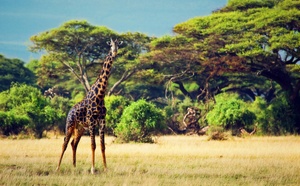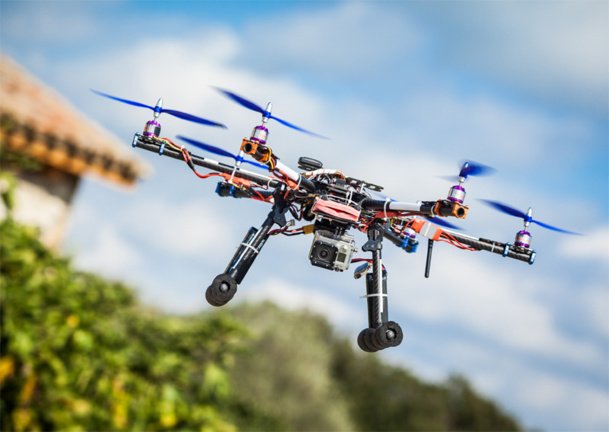
Drones are being used more frequently to shoot videos that promote regions or historic places. The new technology fascinates many but it is restrained by heavy legislation that can make shoots complicated. © funkyfrogstock - fotolia.com
Everybody talks about it. Everybody fantasizes.
The drone enables to shoot sensational videos, to film dizzying views!
Between technical maneuvers and news technologies, the drone has everything to seduce: 100,000 of them were sold during Christmas, almost all of them equipped with a camera.
Yes, but…
If a drone can fly then there are risks.
“Most people who come see us ask for completely impossible things,” explains Gilles Fournial, drone pilot and President of Asabird, a company that makes areal videos and photos with the use of drones.
“People think drones are a toy, but they are actually extremely dangerous.
During a flight, the propellers can cuts fingers.
The engines has to propulse itself in the air and most of the drones used to make videos work like helicopters.
Their are quite powerful.
Technically, it is often possible to do what people desire…what hurts are the legal restrictions.”
The drone enables to shoot sensational videos, to film dizzying views!
Between technical maneuvers and news technologies, the drone has everything to seduce: 100,000 of them were sold during Christmas, almost all of them equipped with a camera.
Yes, but…
If a drone can fly then there are risks.
“Most people who come see us ask for completely impossible things,” explains Gilles Fournial, drone pilot and President of Asabird, a company that makes areal videos and photos with the use of drones.
“People think drones are a toy, but they are actually extremely dangerous.
During a flight, the propellers can cuts fingers.
The engines has to propulse itself in the air and most of the drones used to make videos work like helicopters.
Their are quite powerful.
Technically, it is often possible to do what people desire…what hurts are the legal restrictions.”
A constraining legislation
Because legislation around the engine is complex.
For example: with the right to image and the dangers of the drone, we’re touching both the protection of privacy, and military rules.
This is even more true for professionals who have public usage of the filmed shots.
“To make a film with a drone, one first needs the material and a pilot who is credited by the civil aviation,” reveals Gilles Fournial.
“Then, one has to create a specific activity manual with the company and obtain the authorization of the prefecture to film during the year or for a few days. The Morbillan, for example, delivers zero authorizations per year.
There is also the protocol with airports: it is forbidden to film during the take-off and landings of planes.
The weather is another element that needs to be taken into account… Too much wind and the image will be unstable! It is also prohibited to fly at night, to fly over a crowd, or a road unless traffic is stopped.”
Especially since a drone is piloted by sight and cannot fly at more than 150 meters and cannot be at a distance of more than 100 meters from the pilot.
For example: with the right to image and the dangers of the drone, we’re touching both the protection of privacy, and military rules.
This is even more true for professionals who have public usage of the filmed shots.
“To make a film with a drone, one first needs the material and a pilot who is credited by the civil aviation,” reveals Gilles Fournial.
“Then, one has to create a specific activity manual with the company and obtain the authorization of the prefecture to film during the year or for a few days. The Morbillan, for example, delivers zero authorizations per year.
There is also the protocol with airports: it is forbidden to film during the take-off and landings of planes.
The weather is another element that needs to be taken into account… Too much wind and the image will be unstable! It is also prohibited to fly at night, to fly over a crowd, or a road unless traffic is stopped.”
Especially since a drone is piloted by sight and cannot fly at more than 150 meters and cannot be at a distance of more than 100 meters from the pilot.
Drone visit of the Fonteyraud Abbey
Yet, this practice is spreading to tourism offices and general councils who film to promote and highlight regions.
“The Fonteyraud Abbey has taken that step to promote the recent opening of its hotel.
The MorganView agency managed the authorizations for us,” explains Lydia Labalette, the Innovation and Development Director of the Fonteyraud Abbey.
“We were lucky: the spot is quite ideal to film with a drone. We didn’t even have to close the Abbey. We just had to shoot away from people.
The film was premiered during the inauguration of the hotel. We had a crossing effect: the two drones filmed one another.
During the shoot, there were always two people: a pilot for the drone and a pilot for the camera.
It cost us 6,000 euros for the shoot and editing.
On top of having modernized the image of the Abbey: people who see it are reminded of the film.”
“The Fonteyraud Abbey has taken that step to promote the recent opening of its hotel.
The MorganView agency managed the authorizations for us,” explains Lydia Labalette, the Innovation and Development Director of the Fonteyraud Abbey.
“We were lucky: the spot is quite ideal to film with a drone. We didn’t even have to close the Abbey. We just had to shoot away from people.
The film was premiered during the inauguration of the hotel. We had a crossing effect: the two drones filmed one another.
During the shoot, there were always two people: a pilot for the drone and a pilot for the camera.
It cost us 6,000 euros for the shoot and editing.
On top of having modernized the image of the Abbey: people who see it are reminded of the film.”
Spectacular videos
They are not alone.
Last year, the festival “Tout un foin” in Bayeux, and the “Festival de la pluie” in Arromanches in Normandy used the services of Asabird to cover the events.
“These videos are seen 4 to 5 times more than traditional ones, especially if the end result is spectacular,” concludes Gilles Fournial.
“It is sometimes difficult to have the two ends meet, especially when authorizations and insurances keep me from shooting, but I’m doing this because it is my passion.
No other technology enables to film such sights: we can map out historic remnants, cross bridges, or climb to the top of cathedrals!”
The Cathedral of Reims has in fact directed an ambitious video with the help of a drone…and a remote controlled balloon!
Last year, the festival “Tout un foin” in Bayeux, and the “Festival de la pluie” in Arromanches in Normandy used the services of Asabird to cover the events.
“These videos are seen 4 to 5 times more than traditional ones, especially if the end result is spectacular,” concludes Gilles Fournial.
“It is sometimes difficult to have the two ends meet, especially when authorizations and insurances keep me from shooting, but I’m doing this because it is my passion.
No other technology enables to film such sights: we can map out historic remnants, cross bridges, or climb to the top of cathedrals!”
The Cathedral of Reims has in fact directed an ambitious video with the help of a drone…and a remote controlled balloon!








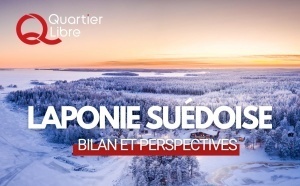

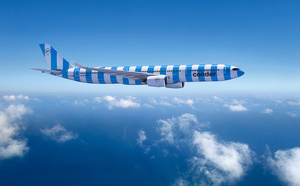


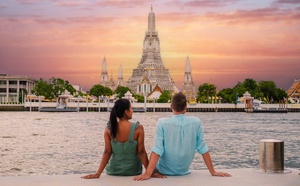
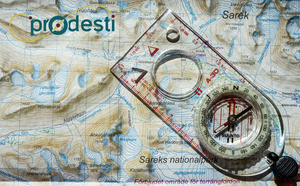






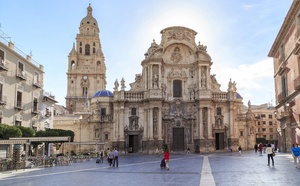
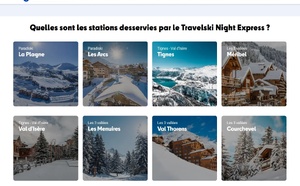



![Tourisme : où sont passés les Chinois ? [ABO] Tourisme : où sont passés les Chinois ? [ABO]](https://www.tourmag.com/photo/art/large_16_9/87929923-62307593.jpg?v=1744721842)
